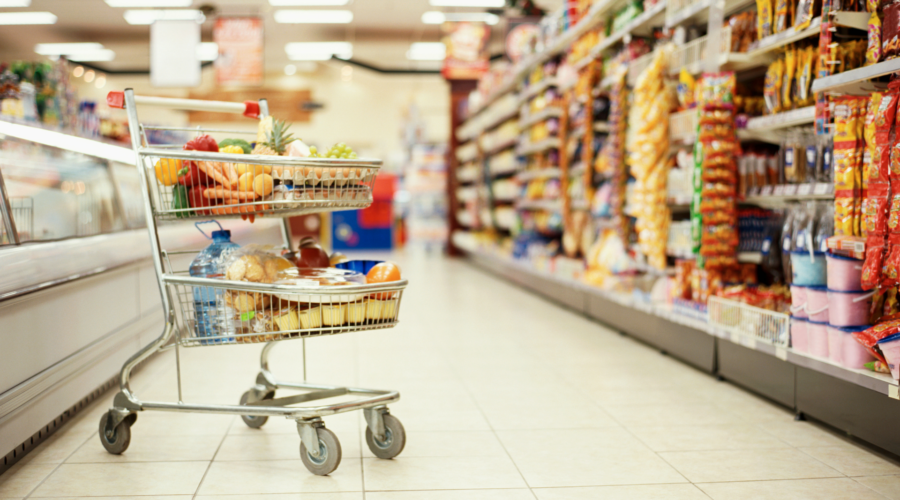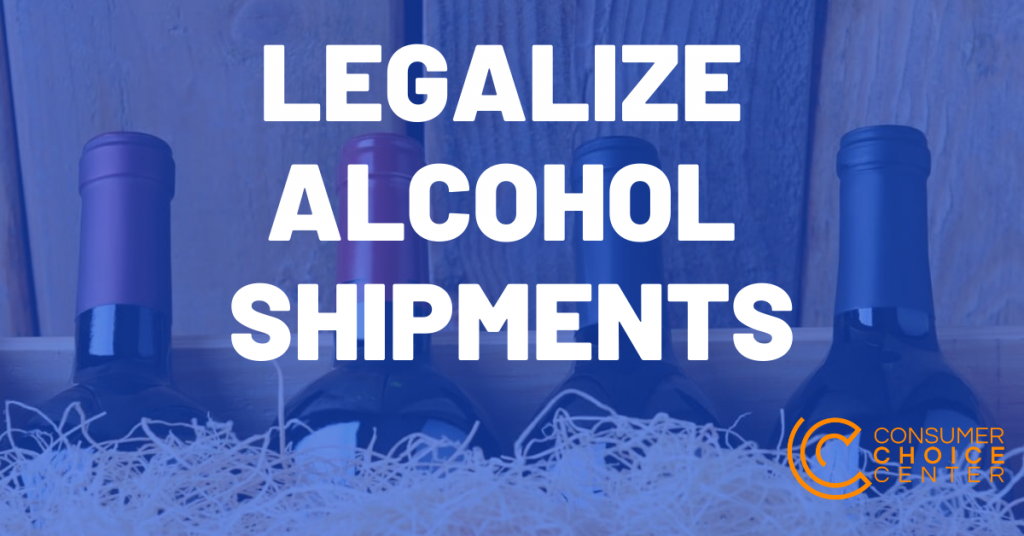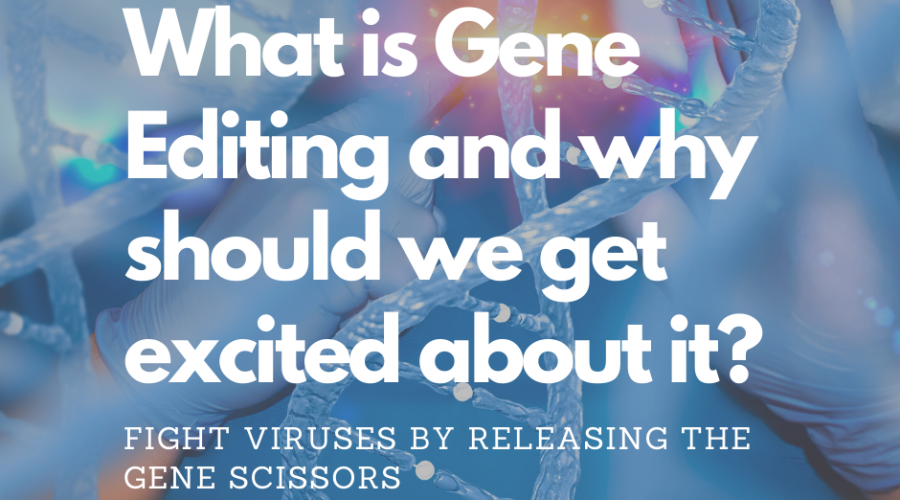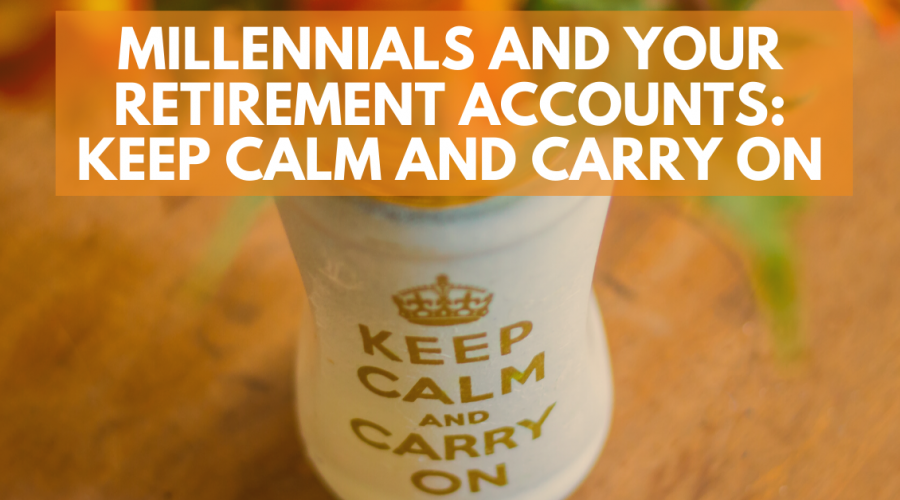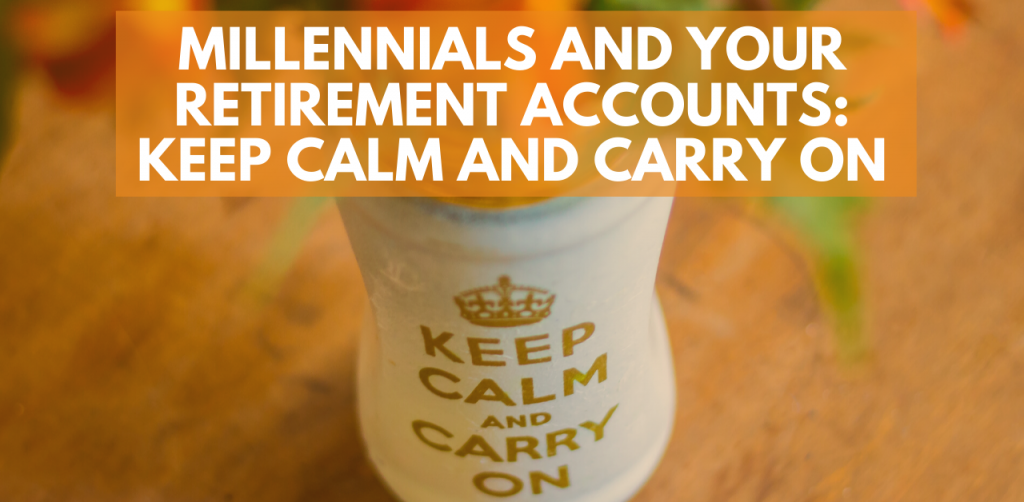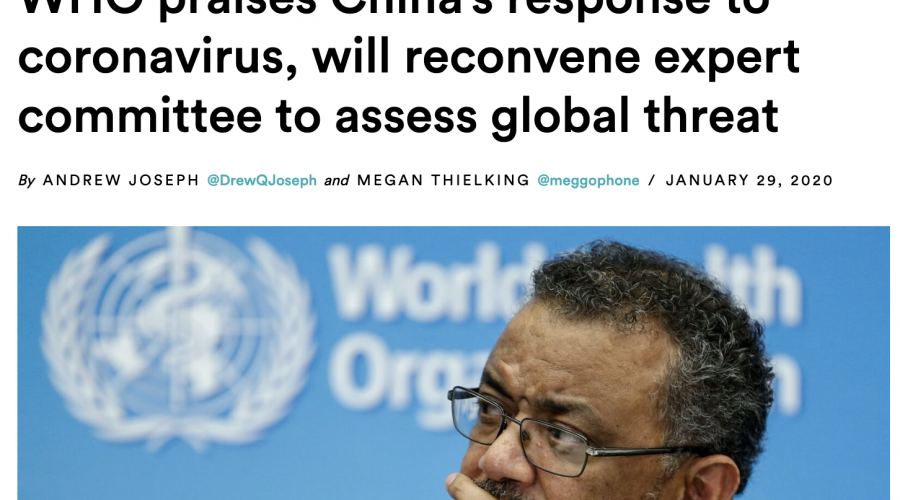It’s actually great to be a consumer in the time of coronavirus
One idea I’ve seen thrown around a little too much on Twitter and across the Internet lately has been that consumers are somehow living in a doomsday scenario during the coronavirus pandemic.
Los Angeles Times business columnist David Lazarus points to “shortages, price gouging, and scams” that are popping up in response to the virus.
No doubt, there is a lot of economic uncertainty when it comes to restaurants, bars, and establishments that serve the public. There’s even legitimate panic-buying of toilet paper that is sparking enough memes to keep you busy until the end of March. And no one can seem to get enough hand sanitizer.
But is it really so bad for consumers?
Barring a future moratorium on commerce, online or otherwise, people are still able to get the products they need.
We have access to food delivery on-demand, Amazon is still arriving at our doorsteps, and stores are stocking up faster than we’ve ever seen. We’ve never been more equipped and technologically ready to stare down a crisis.
When products run out in some stores, neighborhood corner stores offer their own, sometimes at market-adjusted prices during a time of very high demand. Those are our markets at work, and we should celebrate that.
There are false claims in advertising, but most large retailers are actively shutting these product descriptions down. That’s a good thing. The same can be said for scammers who are trying to cash in on the misinformation.
But, if you live on Twitter and you’ve seen photos of empty shelves at Trader Joe’s and Whole Foods, you’d think it was the end of the world. Until the next day, when those shelves were easily restocked.
“I think the fact that they’re going to shut school down caused people to consider ramping up their grocery-buying habits because their daily lives are going to change,” said Brandon Scholz, president & CEO of the Wisconsin Grocers Association.
As Scholz witnessed across the state of Wisconsin, there have been shortages of some products in various stores. But that has more to do with immediate and spiking demand rather than low supply on behalf of producers.
Grocery stores are staying stocked and replenishing their supplies at a rapid pace. But they need time to adjust to the demand that is inflated at peak times. The domestic supply chains in the United States remain vibrant and are delivering, and they’re bouncing back when we need them most. Could the same be said for countries with extreme price controls and rationing?
But what about the $220 bottles of Lysol on Amazon or eBay? And the hand sanitizer and cleaning wipes now worth 50% or 100% more than their normal price?
States like California and New York are stepping in to stop the “price gouging” as they believe it’s unfair and immoral in a time of crisis. California won’t allow any business to raise prices on items more than 10% than pre-crisis – even if demand is outstripping supply thousands of times over.
But fluctuating prices in a time of panic buying are actually what you want because they help limit hoarding and best allocate resources where they’re both scarce and necessary. It’s well known that price gouging laws have the effect of distorting real prices and actually causing more shortages. Just remember runs for gasoline during Hurricane Katrina and similar natural disasters.
Many consumer advocates stand in favor of anti-price gauging laws because they assume they protect the consumer, but they actually end up doing the opposite. They distort prices and lead to shortages. That’s why economists are pretty solid on this issue and oppose all attempts at anti-price gouging laws.
Here is Duke University professor Michael Munger on anti-price gouging laws:
So while there may be temporary panic taking place online, in the real world, our small businesses and entrepreneurs are delivering for consumers. Food is available and plentiful, all kinds of products are stocked and ready for purchase.
There have been mistakes and it hasn’t been perfect. But markets have delivered. And consumers know it, even if they won’t’ admit it.
Instead of succumbing to the panic and thinking the worst, we should actually be stepping back and looking at the extraordinary situation we find ourselves in and marvel at how well our institutions and businesses are doing in giving us what we need. There is plenty of uncertainty, but the creative people out there who provide solutions are doing just that.
We, as consumers, can be confident in their efforts.
